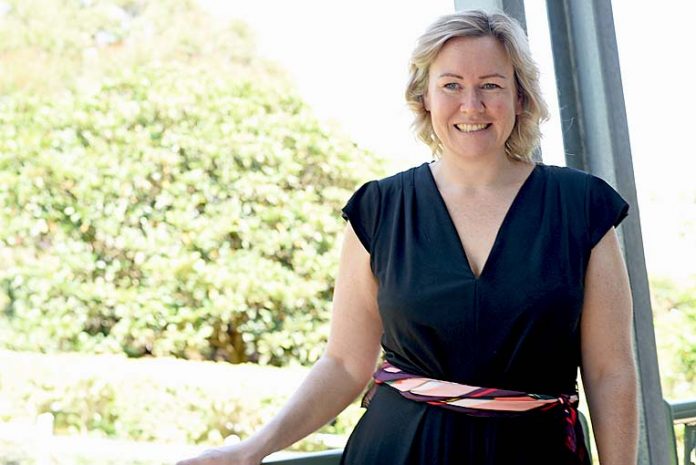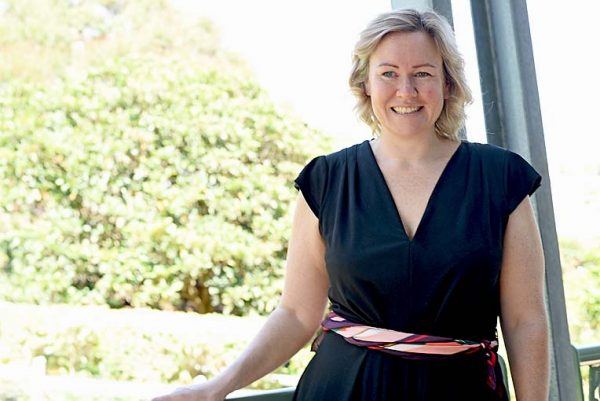

THE Limestone Coast could be in the box seat to attract millions of dollars in international investment for a biofuel or bioenergy power plant, creating hundreds of jobs, according to a national leader in the field.
This was the key message delivered at a key bioenergy seminar yesterday hosted by Regional Development Australia Limestone Coast in Mount Gambier.
Local government, department officials and business people from various sectors attended the event, which threw emerging opportunities into the spotlight.
The bio-economy talkfest comes as a number of regional businesses explore bioenergy projects and a national report reveals there are potentially billions of dollars in investment that could be harnessed by regional areas.
With the Green Triangle home to the largest plantation wood fibre basket in Australia and an expansive agricultural industry, Bioenergy Australia chief executive officer Shahana McKenzie said the region should come together to seize opportunities.
She said there were investors scouring sites across Australia for world-class bioenergy developments.
“At the Australian level, we are talking of upwards of eight international developers and those developers are looking to build 10 refineries,” Ms McKenzie said told The Border Watch.
She called on the region to develop its own bio-economy strategy to put it at the forefront of the emerging sector.
Ms McKenzie revealed a biodiesel refinery – which would need to be positioned in a regional area with the appropriate feedstock – could potentially create up to 800 jobs.
“This could be 300 direct jobs and all the indirect jobs that would flow. These would not be unskilled labour, they are high worth jobs that bring a lot of money to a local economy.”
She said a bioenergy plant would need to be “exclusively regional” – developers would not create refineries in the heart of Melbourne or Sydney.
“There is a fantastic opportunity in this region to capitalise on this,” the national bioenergy leader said.
“There is a huge opportunity whether it is through fuel or looking at power generation.”
She said the region needed to be on the “front foot” and work with the State Government, economic and local government bodies, as well as industry to determine the feedstock capability.
“They should be creating a collaborative force around wanting to be the first that is wanting to do something.”
Importantly, she said it was also crucial the “community was on board” to ensure any project gained a social licence.
In particular, she said the global aviation industry would need to shift up to 40pc of its fuel from biofuel sources by 2050 to achieve its emission reduction.
Ms McKenzie said a similar issue was also facing the world’s maritime sector.
“There are two significant industries that will need to acquire a large amount of fuel derived from organic waste and this starts to make you think about what different hotspots and opportunities in terms of where that could come from,” she said.
Ms McKenzie said a company had recently won a grant to investigate the feasibility of taking forestry wood waste and turning it into renewable diesel.
Other guest speakers at yesterday’s seminar included regional meat company Teys Australia, which is in the process of constructing a covered anaerobic lagoon at its Naracoorte plant to generate energy from waste water.
This is expected to produce the equivalent to the energy use of nearly 1600 average Australian homes.
City of Mount Gambier environmental sustainability officer Aaron Izzard also discussed the possibility of converting municipal solid waste to generate electricity.
This has the potential to minimise landfill.
The issue of burning plastics and producing energy to stop it being thrown into landfill – due to the new policy in China regarding waste imports – was also discussed.





